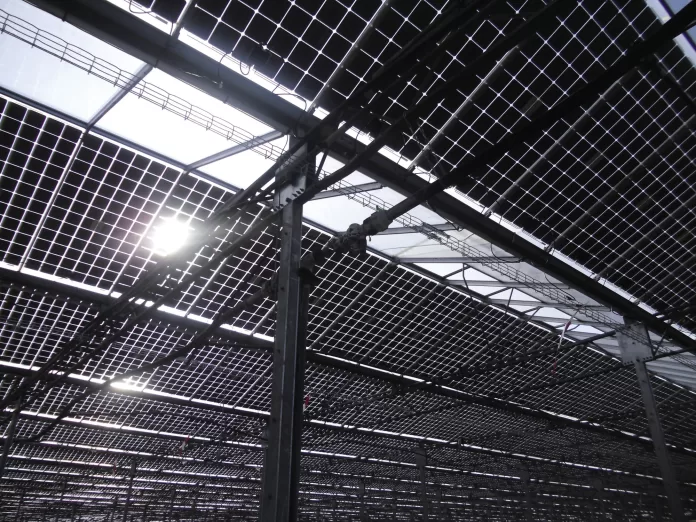Researchers from the University of Ottawa’s Sunlab laboratory have developed a novel method for measuring the energy production of bifacial PV systems. The invention aims to supplement the 2019 International Electrotechnical Commission (IEC) measurement standard.
The novel scaled rear irradiance (SRI) approach is said to enhance IEC readings by including the impacts of various ground cover spectral albedo into the computation of the bifacial system’s rear-side irradiance.
To demonstrate the validity of the approach, the scientists simulated the performance of a bifacial silicon heterojunction (HJT) solar module using the IEC bifacial illumination methodology and the SRI method. In Boulder, Colorado, they installed the device on a horizontal single-axis tracker 1.22 metres from the ground. Soil, red brick, green grass, roof shingles, concrete, sand, dried grass, and snow were considered as ground coverings.
The results indicate that, given a rear irradiance of 200 W/m2, the IEC measurement fails to differentiate between the various ground covers, overestimating bifacial gain by between 14% and 1.4% for all ground covers except snow. In contrast, the SRI approach clearly differentiates between the spectrum of operating circumstances.
Erin Tonita, a researcher, stated, “The implementation of this approach into international standards for such panels enables forecasts of outdoor bifacial panel performance within 2% absolute.”
According to the academics, the new technology can anticipate energy production advances in regions other than Boulder with an inaccuracy of less than 7 percent.
According to the authors, the invention could be used to compare different bifacial technologies and improve system performance by optimizing design for different types of ground cover. Their results were just published in the journal Joule under the title “A generic lighting technique to predict the performance of bifacial photovoltaic systems.”





